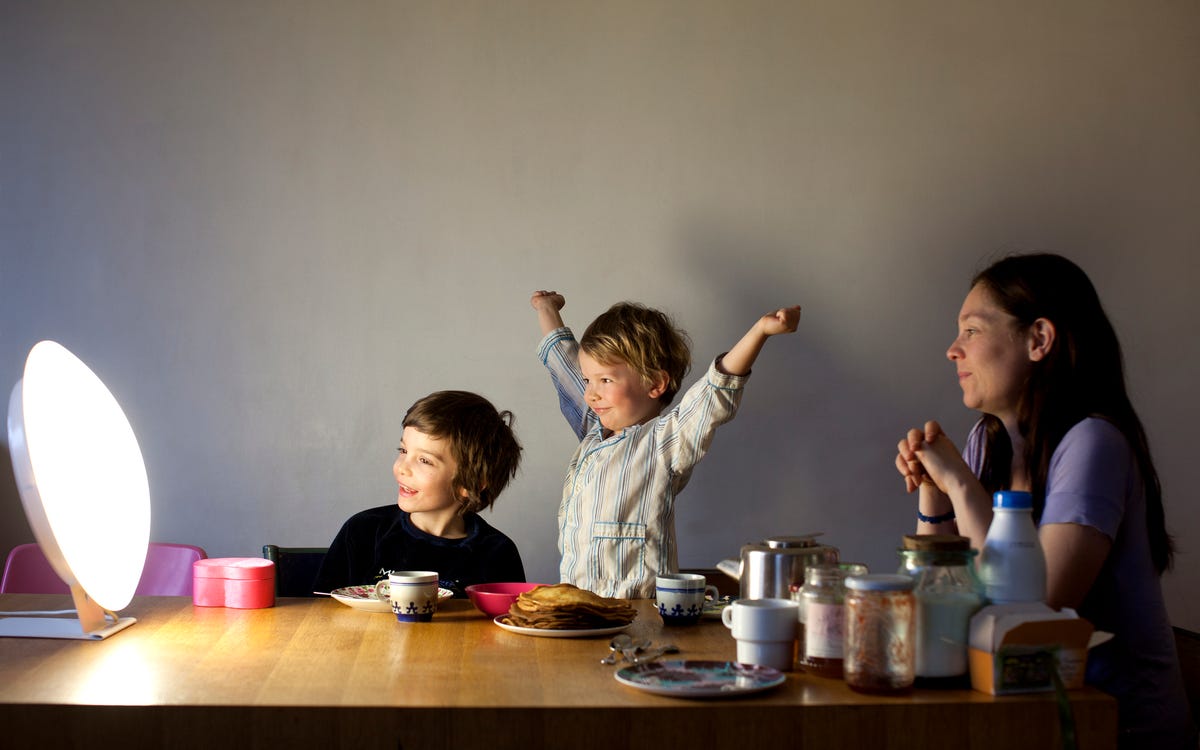We’re in that seasonal transition again where the days end earlier, night comes sooner and we run out of light faster.
It may take several days to adjust to the time change, and many people may feel a little out of whack when first adjusting their routine to the late fall and winter season. However, if you’ve been feeling low most days for multiple winters, it might not just be the winter blues — it could be seasonal affective disorder. The American Association of Family Physicians estimates that 4% to 6% of the population is affected by seasonal depression, with another 10% to 20% experiencing mild effects without seeking treatment.
When you’re feeling particularly low during the colder and darker months, there are steps to take to boost your mood. Light therapy is one of these options.
Read more: 4 Ways to Prepare for the End of Daylight Savings
What is seasonal affective disorder?
SAD is a disorder predominant during certain months (most commonly during fall and winter) and may ease with the change of seasons. In rare cases, people may experience SAD during the spring and summer and symptoms resolve during the fall and winter. Some people experience a combination of symptoms like lethargy, low mood, lack of interest in things they usually enjoy, weight gain and hypersomnia. Common SAD treatments include medication, psychotherapy and phototherapy (light therapy).
Seasonal affective disorder symptoms
Seasonal affective disorder will look different depending on your unique expression of it. The common symptoms mentioned in the Diagnostic and Statistical Manual of Mental Disorders, aka DSM-5 — where it’s referred to as a major depressive disorder with seasonal pattern — include the following:
- Feelings of sadness.
- Sleeping more than usual.
- Feeling tired or unusually fatigued in spite of adequate sleep.
- Feelings of worthlessness or guilt.
- Craving carbohydrates or otherwise changing one’s typical appetite.
- Loss of interest in activities.
- Difficulty with thought, decision-making and concentration tasks.
- In severe cases, thoughts of suicide or death.
Why do some people get SAD?
While there isn’t a known cause for SAD, women are four times as likely as men to experience SAD. A family history increases one’s likelihood to have it, as does having past major depression or bipolar disorder. It’s considered correlated with living far north or far south, where winter months have much less sunlight, and with overall not having a high enough level of vitamin D, which is produced in the skin during sunlight exposure.




